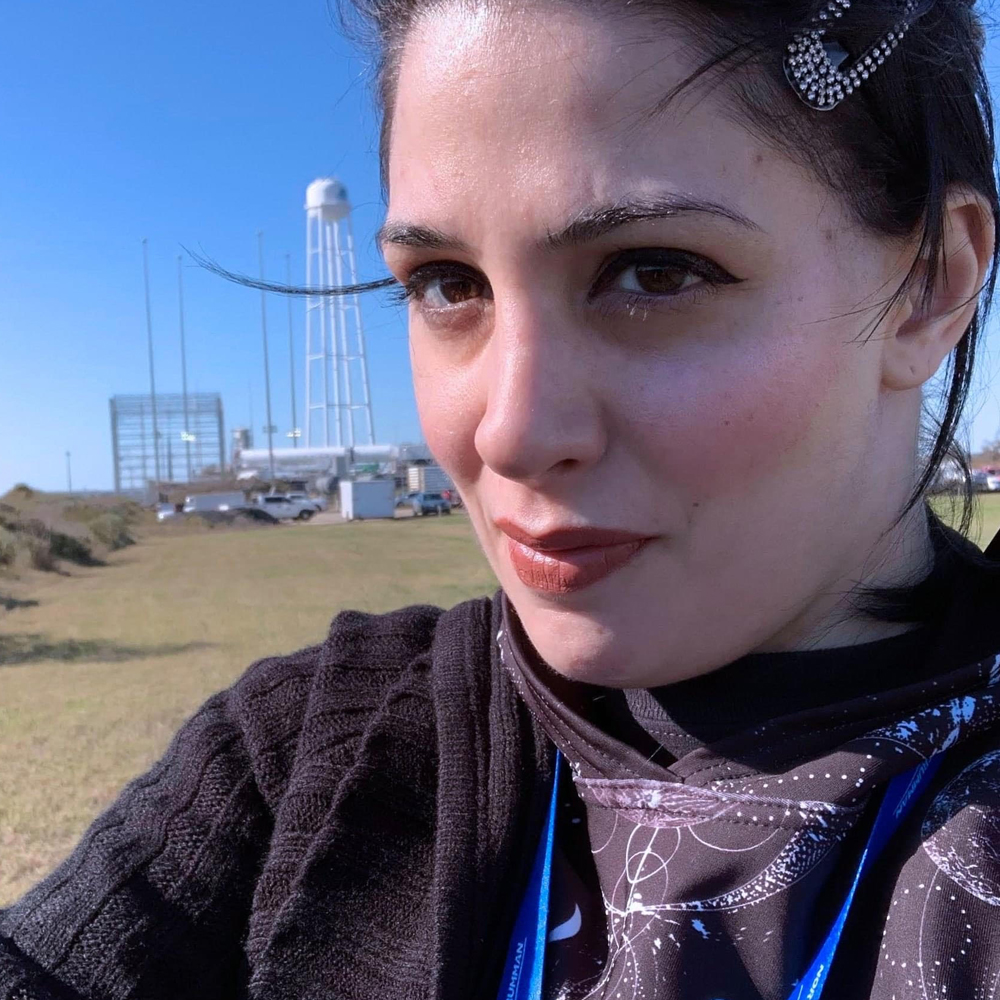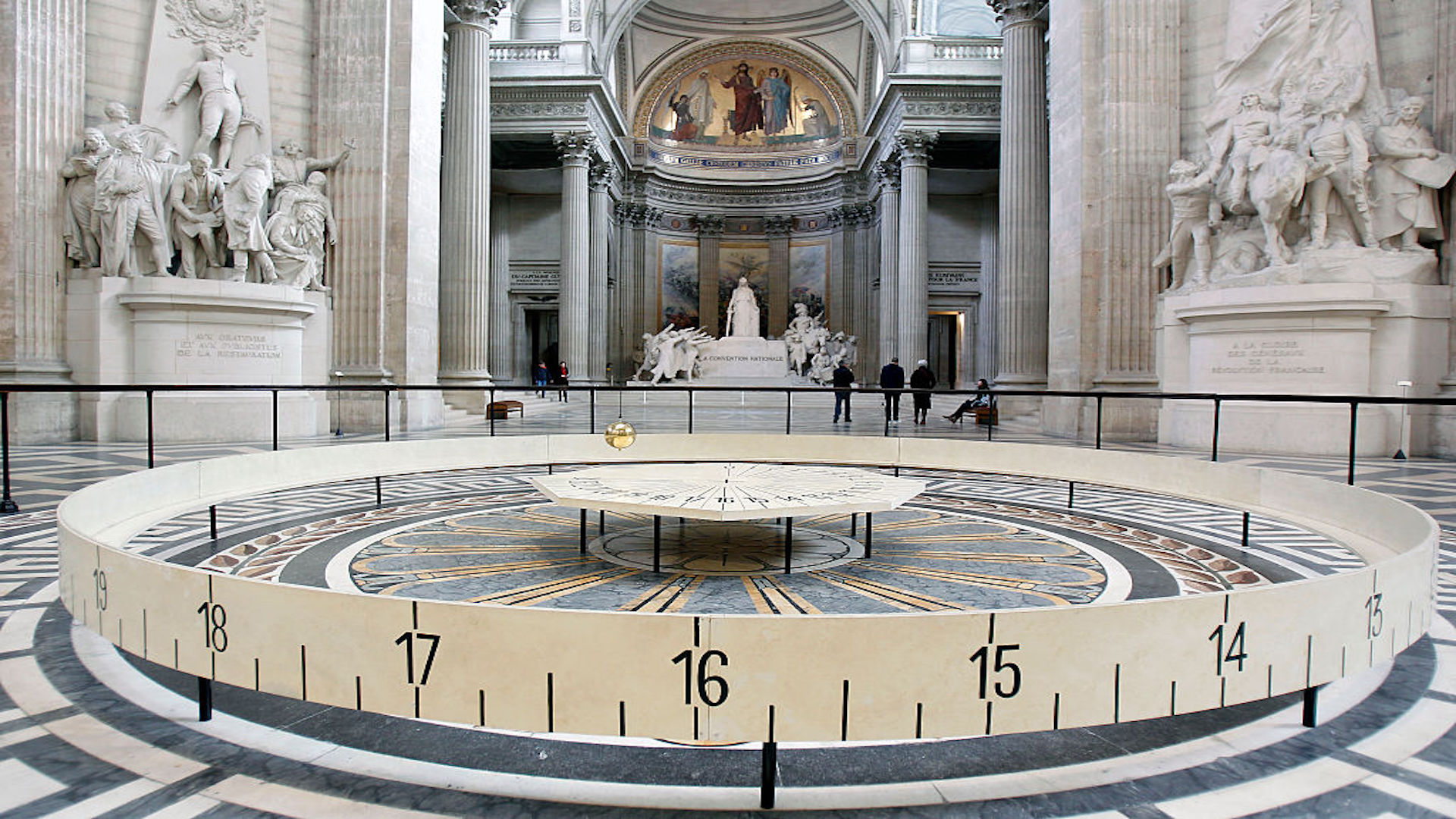Can you see Earth spin?
You can't watch Earth spin in real time because it rotates so slowly, but there are ways to see the effects of the planet's rotation.
If Earth didn't spin, there would be no sunrise and sunset, and no night and day. We can't feel the motion of Earth's rotation or see the planet spin as we go about our daily lives. But are there ways to confirm its rotation from the ground? And is it possible to watch our planet spinning from somewhere in space?
The answer depends on the time frame and your perspective.
Earth spins much too slowly for its rotation to be visible from anywhere in real time. With the exception of a time-lapse video — such as this one from NASA, which was made with footage from a camera on the International Space Station — it is not possible to watch Earth in motion because it makes only one revolution every 24 hours. That is excruciatingly slow — much too slow for our eyes to detect.
However, there are still ways to prove our planet spins without ever leaving terra firma: by observing the positions of other objects in the sky, for instance.
"The easiest way to observe Earth's rotation is by watching the apparent motion of celestial bodies," Stephen Merkowitz, a scientist and project manager at NASA's Goddard Space Flight Center in Maryland, told Live Science in an email. "This motion is most noticeable when the body is close to the horizon where you have parts of the Earth in view as a reference."
Related: Why does Earth spin?
Merkowitz said one of the easiest ways to "see" Earth in motion is to watch a sunset. The position of the celestial body (the sun) changes against a fixed point of reference (the horizon). When you see the sun set, your location on Earth is gradually rotating away from the sun, which is why the sun appears to sink into the horizon. Another way to see this effect is by observing the moon and stars at night — so long as the horizon is a reference point, since it does not move. The objects glowing far above will appear to be in motion because Earth is rotating.
Get the world’s most fascinating discoveries delivered straight to your inbox.
The rotation of our planet can also be observed with a Foucault pendulum. According to the Smithsonian Institution, physicist Jean Foucault showcased the experiment at the World's Fair in Paris in 1851, and was the first formal experiment to prove our planet rotates. Free-standing pendulums usually keep swinging in the same direction. Only a push or pull in another direction can change that; Foucualt realized that his pendulum would incrementally change angles while swinging, because Earth is rotating beneath the pendulum. However, Earth's rotation is so slow, it takes about 15 minutes for a change in the pendulum's swing to become visible.
The moon and tides
Earth spins because it formed from clumps of dust and gas, which were already rotating and pulled together by gravity, Merkowitz explained. After they accreted (accumulated) into our planet, they never stopped moving. There is no friction to slow down movement in the vacuum of space.
Tides are more evidence that Earth rotates. High tide occurs when the moon orbits closest to Earth at a particular location. As Earth rotates, it brings that location toward the closest point in the moon's orbit. Being closer to the moon means being closer to its gravity. Lunar gravity pulls at the oceans and temporarily makes them bulge outward, toward the moon, creating high tide. But this is fleeting. As Earth rotates, the water level sinks until it reaches the furthest possible distance from the orbiting moon, or low tide. This cycle continues on repeat.
"The hourly change in the tides is mostly due to the Earth's rotation," Merkowitz said. "The daily change in the time of high tide at a particular location is due to the lunar orbit."
So maybe we can't actually watch Earth rotate, but we can see some effects of its rotation. Watching the tide rise or the sun set is also an easy way to witness a cosmic phenomenon.

Elizabeth Rayne is a contributing writer for Live Science. Her work has appeared in SYFY WIRE, Forbidden Futures, Grunge and Den of Geek. She holds a bachelor of arts in English literature from Fairfield University in Connecticut and a master's degree in English writing from Fordham University, and most enjoys writing about space, along with biology, chemistry, physics, archaeology and paleontology.





